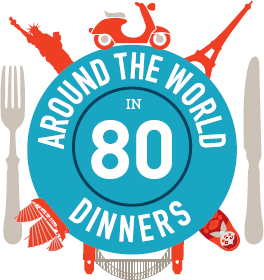
Janne Apelgren and Joanna Savill

The 80 Dinners
Trip Notes

Mr Fogg was quite ready. Under his arm might have been observed a red-bound copy of Bradshaws Continental Railway Steam Transit and General Guide, with its timetables showing the arrival and departure of steamers and railways. He took the carpet bag, opened it, and slipped into it a goodly roll of Bank of England notes, which would pass wherever he might go.
Around The World in 80 Days, Jules Verne, 1873
French author Jules Vernes adventurer Phileas Fogg took 80 days to travel around the world. That was in 1872. Today, a traveller could repeat his journey in 52 hours. But Fogg was a sensible man. He rarely skipped breakfast, lunch or dinner. From a travellers perspective, what was true then is still true today. How a country eats out is a window into its heart and soul.
Most journeys can be made in a hurry. But like meals, they are better when savoured slowly.
Weve always searched out restaurants. Yes, it was even part of the job description for us as food writers and editors. But as luck (or clever career planning?!) would have it, its always been a source of great pleasure. And a priority. There have been planes booked on the strength of a sought-after reservation secured, taxi rides through the Mexican jungle, and treks through seedier parts of Paris. There have been disappointments: an hour-long crawl in Los Angeles traffic to a well-reviewed Mexican cantina turned up an anonymous sports bar with slushy margaritas. But there have been as many truly heart-stopping experiences: train-hopping in a blizzard across northern Italy to reach one of its most famous restaurants, dinner in the Eiffel Tower devised by one of the worlds greatest chefs, lunch in an alpine meadow at a restaurant that can only be reached on foot or by horse, plane-hopping across northern Europe (theres a pattern here) to get to a tiny 16-seater in the wilds of northern Sweden. Weve always booked our restaurants before our airfares. And a restaurant has often ruled our choice of destination. We didnt go to Spain so much as to Mugaritz, Arzak and El Celler de Can Roca.
Weve gotten lost countless times trying to track down some tiny spot on our bucket list. Weve begged for a seat at the bar, queued by a closed door or tried our luck as the kitchens closing, just to follow a last-minute hot tip in a new city.
Over the years weve given, and received, restaurant recommendations, exchanged with the fervour of insider trading and hot punting tips. These lists have become like US dollars in the Soviet years: when a famous food writer jotted down his home town must-tries for us, someone actually stole it off the table when we had our backs turned.
Weve been asked by food-loving friends where to eat, everywhere from Tokyo to Istanbul, from Lima to London. And weve received some pretty good advice, tooincluding from one of Australias top chefs who urged us to try burger chain Shake Shack over one of Americas most famous restaurants. Or to do big-ticket dining at lunch, which is almost always much cheaper than dinner.
The biggest bills havent always meant the most memorable meals, either. We had a great burger in a Scottish gastro-pub (admittedly run by a Michelin-starred chef), and a perfect cheese toastie in a London market.
The idea behind this book is to share our stories and with it, hopefully, what weve learned about what to eat where, and how. Weve opened our food-travel diaries to reveal the 80 most unforgettable meals weve enjoyed along the way. Like Phileas Fogg, weve lingered for long lunches in some spots, and breezed through others for brunch.
This is not a definitive guide to the worlds greatest dining, its a personal list by two seasoned food road warriors who still have plenty more places they want to try. But we hope its an inspirational start for anyone putting together a dining bucket list. Or, simply, that it makes for appetising reading.
Bon voyage, and buon appetito.
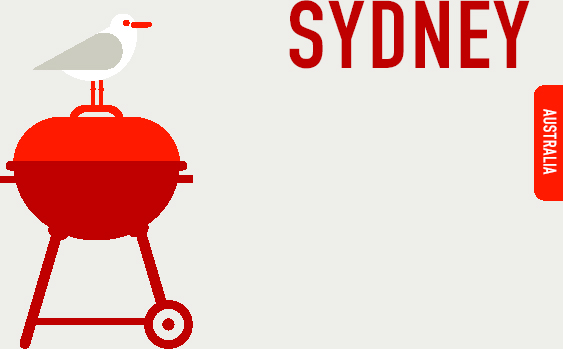
Set out hungry if youre planning to eat your way around Australia. There are truffles to be dug, wineries with fine lunches to explore, beach picnics of fish and chips with crisp white wines to enjoy, and spectacular dinners-with-a-view to revel inand thats just for starters.
Australian food has never been better. And the outside world increasingly feels the same way. Sixty per cent of travellers whove visited rate Australia third behind France and Italy as a food and wine destination. And our top chefs have a global profile among their international peers and devoted gastronauts.
Sydney is Australias largest city (only just) but definitely its most look-at-me. Here the global and local intersect, interweave and inspire. And whether beside rolling surf, by sparkling harbour or tucked under the iron-lace balconies of the terraces of the inner city, eating out in Sydney is a daily obsession.
Chefs like Sydneys Neil Perry and Tetsuya Wakuda encouraged the globalisation of our palates and put modern Australian on the map of world cuisine. Their legacy is reflected in new generations of clever cooks, smart servers, and serious drink-nerd somms and bar staff.
Whether upscale or down, at a counter, shared bench or linen-clothed table, we reckon dining in Sydney is a marvellous thing.
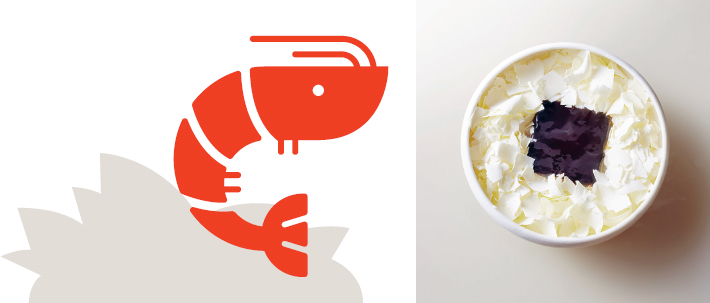

Bennelong
If our story of great dinners (and lunches and breakfasts and snacks) has to start somewhere, then perhaps it should be here in Australias most recognised building, on one of the most beautiful natural harbours in the world. Under the cream-tiled sails of the Sydney Opera House is a soaring concrete restaurant space over three levels, ribbed in ochre steel, lit by shiny golden lamps and quietly humming from top to bottom.
Bennelong first opened when the House did in 1973. The entrepreneurial Fink family (owners also of Quay, across the water) took over in 2015. Bennelong is a landmark, a singular destination for grazing and drinking in the upper bar areas or for settling in with three or four courses of immaculately delicate, and pretty damn delicious fine dining.
You can enter through the bowels of the House or climb those grandiose ochre granite stairs to the upper end of the restaurant and the bar proper. One of our favourite perches inside is the somewhat curiously named Cured and Cultured bar counter, in the middle of the action. Its here you can start with a little champagne and then tuck straight into just-opened South Coast oysters; a gorgeous, many-textured, multi-coloured carrot salad; or fat little yabbies served with lemon jam, soured cream and soft, warm buckwheat pikelets to wrap em in. Heaven. You might even venture towards the sausage roll or, in winter, the cheese and truffle toastie. Or settle for a little tuna crudo with enoki or a crunched-up smoked eggplant and falafel salad.
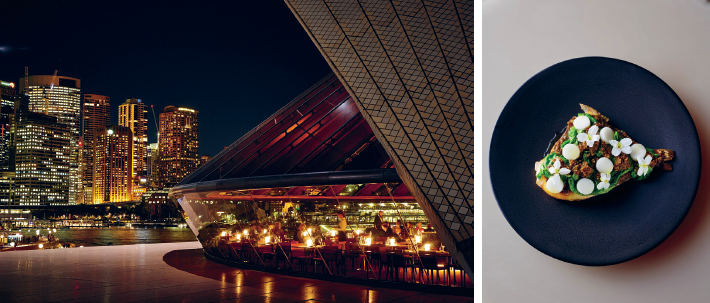
Next page
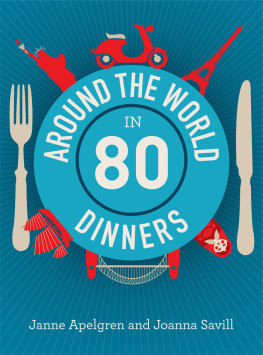

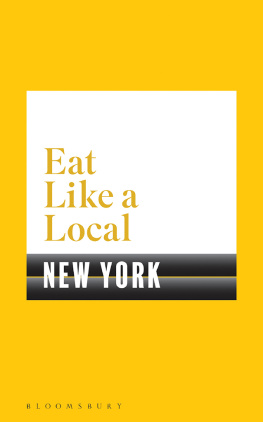
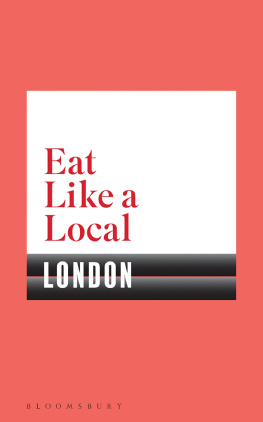
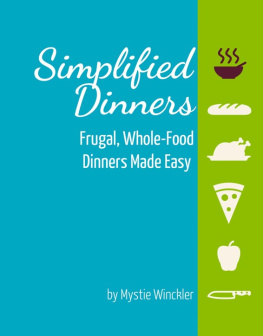





 Bennelong
Bennelong